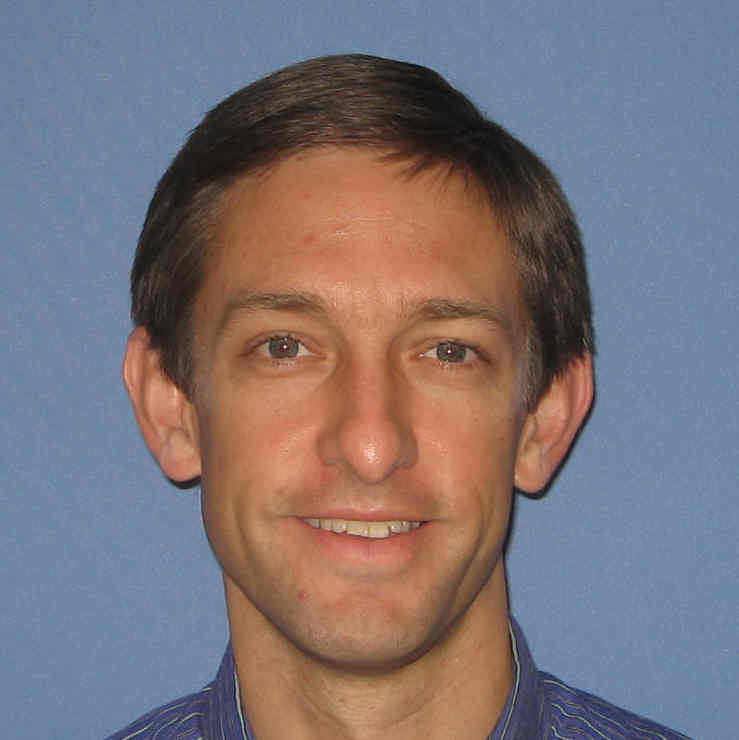|

|
Cryogenic RF Characterization of Superconducting Materials with Cu and Nb-Coated Cavities
| Abstract: |
A second-generation, X-band cryostat has been developed for the characterization of superconducting materials at low temperatures and high powers. The system utilizes two interchangeable hemisperhical cavities that can accommodate 50 mm-diameter samples on the flat surface. Both operate in a TE013-like mode where the magnetic field is strongest on the sample surface, which accounts for about 1/3 of the total cavity loss. The first cavity is a medium-Q copper one, and is utilized for measuring the sample’s critical temperature and magnetic quenching field. The second is a high-Q niobium-coated cavity that is employed for measuring surface resistance in the low-temperature, low-power limit. I will discuss cryostat design, measurement limits, and recent testing results.
I will also briefly describe previous research done at MIT Lincoln Laboratory involving superconducting quantum bits and back-illuminated CCDs and CMOS imagers.
|
| Speaker: |
Paul Welander - SLAC |
| Speaker Bio: |
 Biography: Paul B. Welander received his Ph.D. in Physics from the University of Illinois at Urbana-Champaign in 2007. From 2007-2012 he worked as a Staff Member at MIT Lincoln Laboratory in Lexington, MA, where his research involved epitaxial materials and novel fabrication techniques for both superconducting quantum bits and back-illuminated charge-coupled devices and CMOS imagers. In 2012 he joined SLAC as a Staff Scientist in the Accelerator Directorate. His current research focus is the development and characterization of novel superconducting materials for coating future accelerator cavities. Biography: Paul B. Welander received his Ph.D. in Physics from the University of Illinois at Urbana-Champaign in 2007. From 2007-2012 he worked as a Staff Member at MIT Lincoln Laboratory in Lexington, MA, where his research involved epitaxial materials and novel fabrication techniques for both superconducting quantum bits and back-illuminated charge-coupled devices and CMOS imagers. In 2012 he joined SLAC as a Staff Scientist in the Accelerator Directorate. His current research focus is the development and characterization of novel superconducting materials for coating future accelerator cavities. |
| Poster Link: |
Poster |
| Presentation: |
|
|
 Biography: Paul B. Welander received his Ph.D. in Physics from the University of Illinois at Urbana-Champaign in 2007. From 2007-2012 he worked as a Staff Member at MIT Lincoln Laboratory in Lexington, MA, where his research involved epitaxial materials and novel fabrication techniques for both superconducting quantum bits and back-illuminated charge-coupled devices and CMOS imagers. In 2012 he joined SLAC as a Staff Scientist in the Accelerator Directorate. His current research focus is the development and characterization of novel superconducting materials for coating future accelerator cavities.
Biography: Paul B. Welander received his Ph.D. in Physics from the University of Illinois at Urbana-Champaign in 2007. From 2007-2012 he worked as a Staff Member at MIT Lincoln Laboratory in Lexington, MA, where his research involved epitaxial materials and novel fabrication techniques for both superconducting quantum bits and back-illuminated charge-coupled devices and CMOS imagers. In 2012 he joined SLAC as a Staff Scientist in the Accelerator Directorate. His current research focus is the development and characterization of novel superconducting materials for coating future accelerator cavities.
